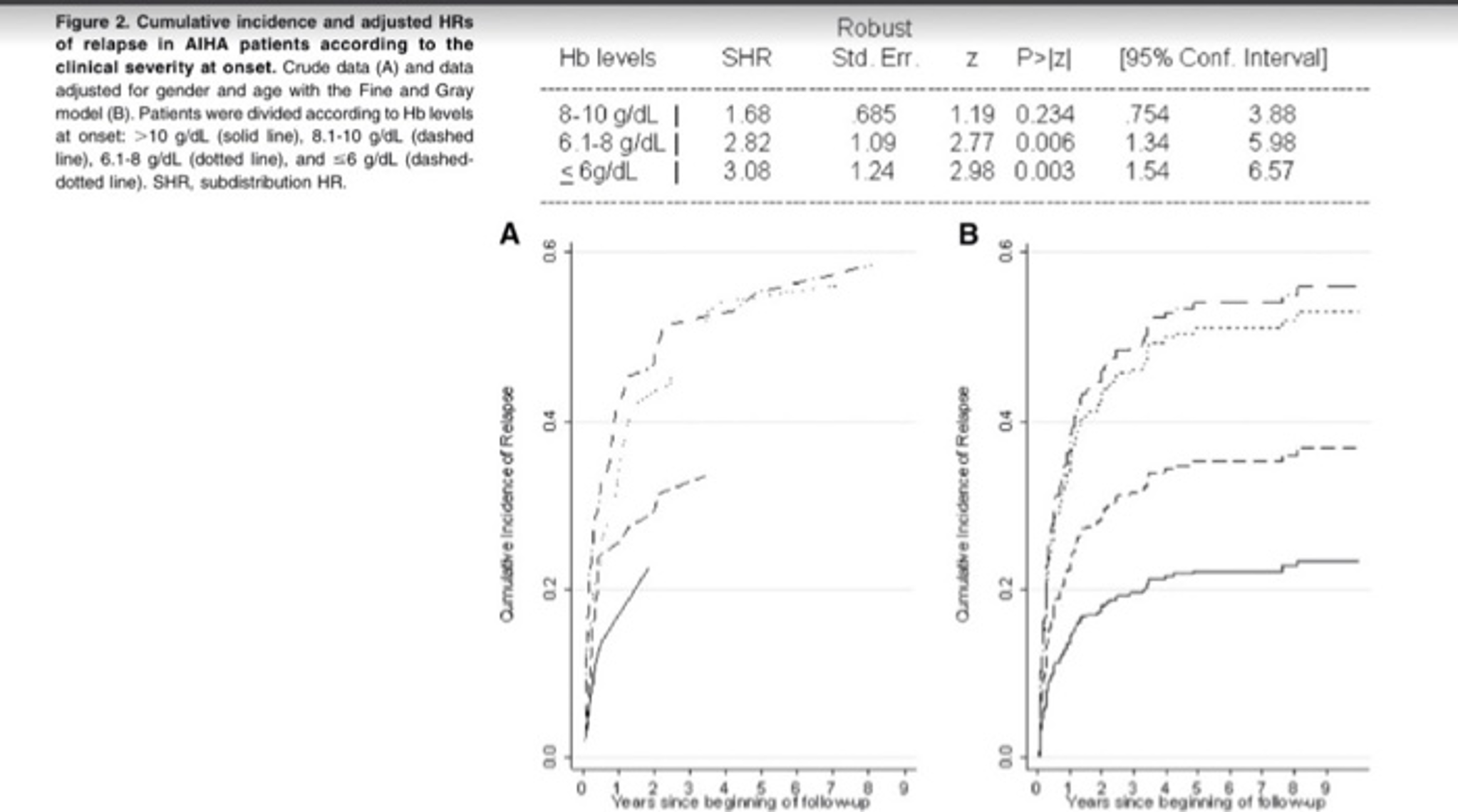


The two eligible clinical trials were included, all meta-analyses were performed in random-effects models with Stata software (version 12.0 7).
#ENGAUGE DIGITIZER HAZARD RATIO PLUS#
Meta-analysis results of PCV plus RT versus RT in EORTC 26951 and RTOG 9402. In summary, the current study has the advantages of long-term follow-up and mature efficacy data while some details should be taken into consideration so as to provide more accurate and high-quality individual patient-level recommendations for future clinical duties.įIG 1. Through mini meta-analysis, we further confirmed the results of the current study in a more robust and reliable manner. 1 Given the vulnerability of the results provided, we performed a mini meta-analysis of the two trials by using a random-effects model 1 and revealed that PCV plus RT could significantly improve both OS and progression-free survival in all patients with grade 3 oligodendroglioma and isocitrate dehydrogenase-mutant astrocytoma (all P <. Then, we noticed some important but unstable results because the 95% CI was quite close to 1, such as overall survival (OS) on oligodendroglioma in EORTC 26951 (hazard ratio, 0.60 95% CI, 0.35 to 1.03) and OS on isocitrate dehydrogenase-mutant astrocytoma in RTOG 9402 (hazard ratio, 0.60 95% CI, 0.34 to 1.03). 4, 5 To our best knowledge, Lassman et al could perform multivariable Cox regression analyses or apply competing risk models to adjust for the influence of biased items such as age and comorbidities on final results. The elderly patients were believed to accompany more comorbidities and chronic diseases such as cardiovascular disease, diabetes, kidney dysfunction, partial neurological disorders, cancer pain, etc, which potentially influenced their prognosis and the evaluation of treatment efficacy. With such a long follow-up, the oldest patient(s) in both trials seemed to be no < 90 years if they were still alive after considerable treatment. By reviewing the initial editions of EORTC 26951 2 and RTOG 9402, 3 we noticed that the median age was 48.6 years (18.6-68.7) versus 49.8 years (19.2-68.7) in experimental and control groups of EORTC 26951 with 43.0 years (18-75) versus 43.5 years (19-76), respectively, in RTOG 9402 at initial enrollment. 1 Briefly, the study provides impressive results of two important and large-scale phase III clinical trials with mature data and abundant follow-up, adding to our knowledge on the efficacy of PCV plus RT in a long-term manner however, there are still a few concerns on the methodology and results ahead of final translation into clinical practice.įirst, it is suggested to consider the median age of included populations after a relative long-term follow-up period. On the basis of median 18-19 years of follow-up duration, the authors exhibited that progression-free survival of oligodendroglioma could be significantly improved by PCV plus RT. With great interest, we read the study by Lassman et al 1 who reported the combined results of phase III clinical trials of EORTC 26951 and RTOG 9402 launched in 1990s with the aim of investigating the efficacy of radiotherapy (RT) with or without (neo)adjuvant procarbazine, lomustine, and vincristine (PCV) for newly diagnosed anaplastic (grade 3) oligodendroglial tumors.


 0 kommentar(er)
0 kommentar(er)
